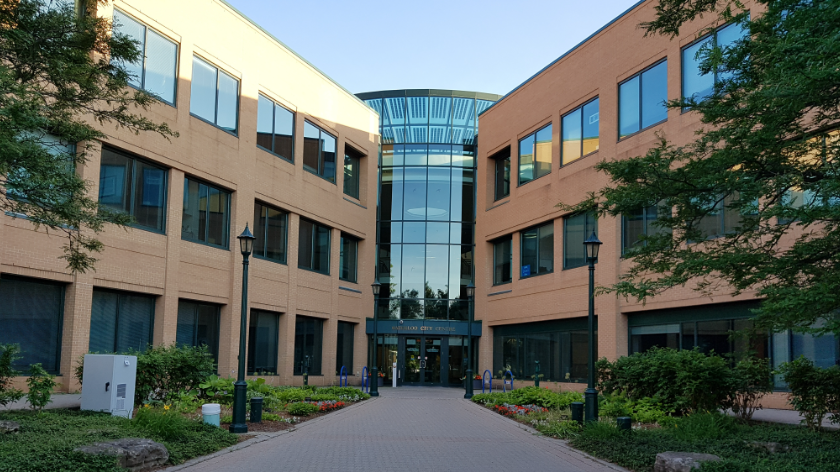Waterloo likes to walk while Cambridge, Kitchener lag behind

Posted Jan 14, 2025 05:53:33 PM.
Last Updated Jan 15, 2025 11:26:24 AM.
Waterloo has walked to the top of the list, making it one of the most pedestrian-friendly cities in south-central Ontario, only falling behind Toronto.
The City of Waterloo ranked number two for walking out of 33 communities in the province, according to data that was collected by the Ministry of Transportation and released this past November.
The data was collected in 2022 from over 150,000 households in Ontario, including just over 10,000 in Waterloo Region.
The data shows that driving is still the top choice amongst the tri-cities and townships in the area, despite a boost in biking and walking. In Waterloo, 72 per cent of daily trips were made by automobile in 2022; while automobiles accounted for 84 per cent of trips in townships and in Cambridge, and 79 per cent in Kitchener.
There also appears to be a slight decline in Grand River Transit users since 2016, but keep in mind, the local transit agency recorded 2023 as their highest ridership and busiest year-to-date, even seeing 20 per cent more people hopping on board since 2019.
Through the week, Waterloo residents completed 47,710 trips on foot, which was higher than in Kitchener or Cambridge.
If those cities want to catch up, they’ll need to build more along transit corridors and similar to Waterloo. That’s according to a member of the Tri-Cities Transport Action Group (Tri-Tag), Michael Druker, who advocates for better pedestrian safety and more bike routes.
“Cambridge is less dense so it’s harder for there to be trips in which walking is a good option, however, there is a question about the infrastructure, what are the sidewalks like, are there sidewalks along the entire route and are the sidewalks kept clear enough to be feasible to use,” Druker said.
He added that the density around the universities in Waterloo and Uptown area make it much easier for walking.
“When you do that, more people are able to walk because things are closer together, so that’s been happening in Kitchener and that’s been happening to a greater extent in Waterloo.”
Getting and keeping sidewalks clear has become a bit of an annual issue for Tri-Tag, often hearing from residents about their struggles to get around during winter months.
Sidewalk clearing responsibilities typically fall on property owners, Druker mentioned that if the cities are unable to pay to keep most of them clear, they should hold property owners accountable, possibly even fining them.
“Sometimes the property owners clear them and sometimes they don’t. They become a bumpy mess that’s hard for people to use and for some people it becomes impossible to use, so definitely it is an issue,” added Druker.
Strollers, wheelchair users and seniors often have to plan different routes in the winter, not being able to walk on some sidewalks.
“If they can’t bring themselves to spend the small amount of extra budget on that they should be enforcing the bylaws so property owners can’t get away with leaving a bumpy mess.”
Druker said he’s happy to see the City of Waterloo taking on more sidewalk clearing responsibilities, which allowed them to rank number two on the list for walking and he wants the other cities to do the same.








